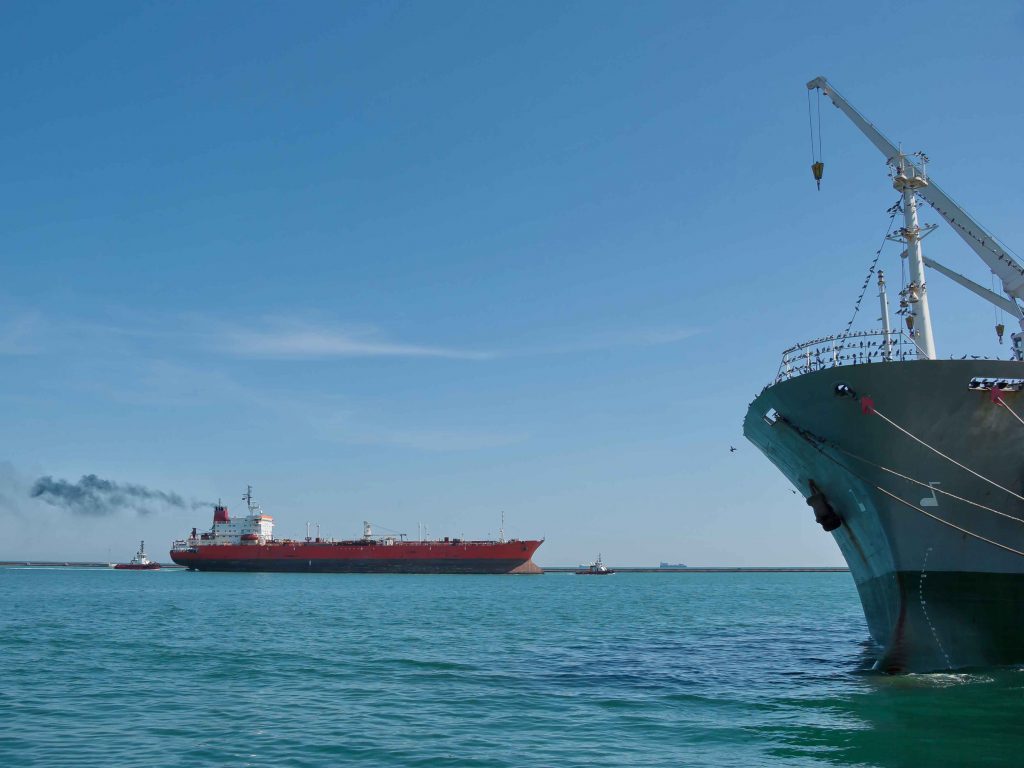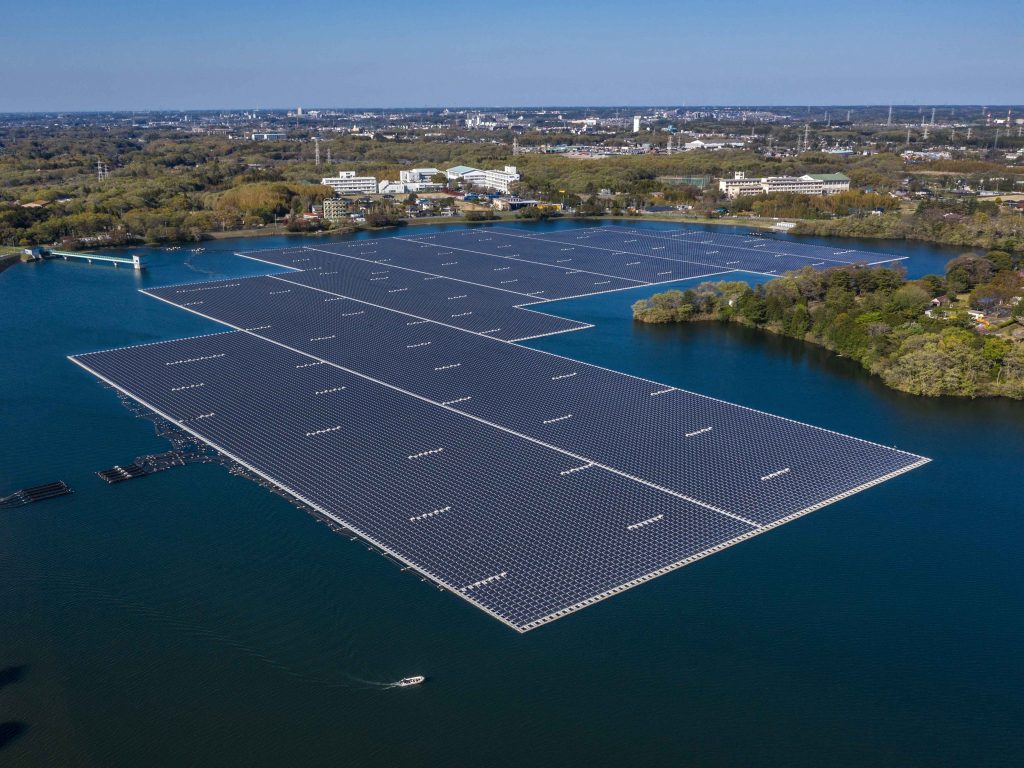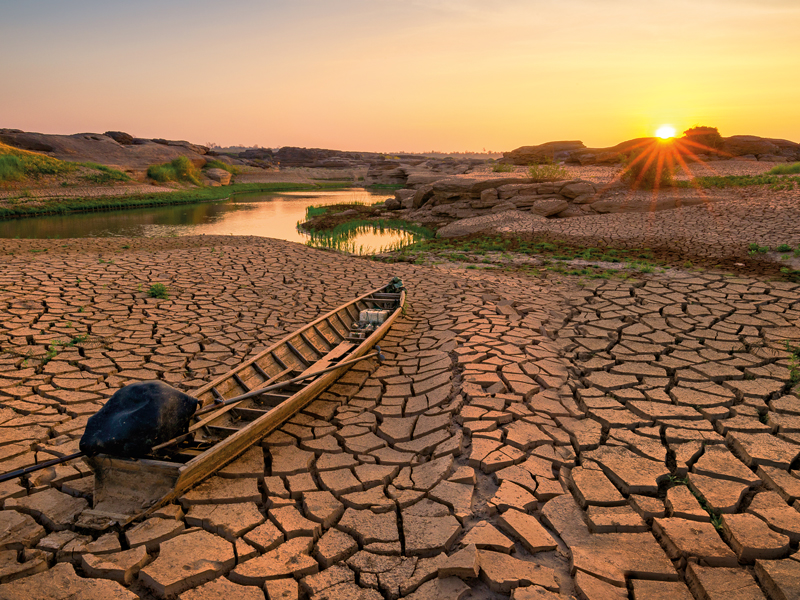Swedish sustainability
Renewable energy provides a host of new opportunities for pastoral areas. We examine how parts of rural Sweden have begun to harness the opportunities available
Renewable energy provides a host of new opportunities for pastoral areas. We examine how parts of rural Sweden have begun to harness the opportunities available
Mid Sweden, consisting of the counties of Jamtland and Vasternorrland, has a magnificent countryside, with large rivers, vast forests, a long coastline along the Bothnian Sea and striking mountains in the west on the border with Norway. The inland areas of the region offer a good environment for recreation in various forms, such as skiing, hiking, berry picking and also hunting as the region has a rich wildlife, including elk, bear and grouse. Fishing, mostly for salmon and salmon trout is excellent in rivers, lakes and along the coast. These amenities are very much appreciated by local people and visitors.
The Sami people make up a considerable part of the population, mainly in the mountainous western parts of the region. The Sami population is divided into eight Sami villages and the economic basis is the breeding of reindeer. Obviously the Sami culture is very much dependant on an unspoilt natural environment.
This is one side of the coin – fresh air, clean water, a diverse wildlife and an attractive and healthy environment that is well worth being preserved.
Another aspect is the presence of highly productive and export oriented industries, such as, forestry and hydroelectric power. These retain a strong position but they do not provide as many job opportunities today as they once did in the past. Although these companies have contributed considerably to the development in the fields of energy, especially in renewable energy (wind, bio mass etc.) and environmental engineering. Mid Sweden is in fact the base for a large number of companies and organisations that offer unique cleantech products and solutions. Even the public sector provides, to a large extent, new energy solutions for its own needs that can be an effective model for others.
It should also be said that in a region such as Mid Sweden, where for instance the coastal area has had a long tradition of industry, there are remains of older, not so environmentally friendly technology. Extensive resources have been invested for the environmental remediation of old polluted industrial sites and restoration of waterways. This situation has created new innovative solutions to many of these inherited problems, the knowledge of these applications are widespread locally and beyond. Regional initiatives aim at highlighting Mid Sweden’s collective expertise in the fields of renewable energy and clean tech.
The primary clean tech region of Mid Sweden is situated in the centre of Scandinavia. The region has a land area of 71,028 km2 which is more than Belgium, the Netherlands and Luxemburg together, or 17.3 percent of Sweden’s total land area. Despite the vast areas only four percent of the total population of Sweden, around 370 000 inhabitants, live in Mid Sweden. The population density is 5.2 inhabitants per km2, which can be compared with Sweden’s average of 22.6 and the 27 members of the EU who have 144 inhabitants per km2. The distance to the nearest big market, i.e. Stockholm, is about 500km away from Sundsvall and Östersund, the region’s main cities.
The development in the field of renewable energy is promising, with major investments in wind farms (the biggest land based wind farm in Sweden is located in Mid Sweden), and continuing the promising efforts to utilise the huge potential energy production based on the implementation of biomass fuel.
These investments and efforts are reassuring as they are carried out in all parts of the counties, not just in the proximity of the cities but in really rural and peripheral parts of the region. This new sector of renewable energy and Clean Tech constitutes new opportunities especially for small companies and for many areas that have been forgotten during recent years of concentration, urbanisation and emerging mega cities. This was a clear message from the first Regional Development Conference, held in Östersund, Sweden in July 2009. Furthermore, the 2009 conference illustrated the necessity for small regions to join forces and work together to be able to obtain results.
The second Regional Development Conference, RDC2011, will take place in Östersund over the 14th -15th of June this summer, is especially designed to meet the demand for an arena to discuss the possibilities and challenges of the above and come up with joint proposals for solutions that include amendments of policies nationally and at supra national levels. Such discussions cannot, if they are to be effective, take place in secluded chambers, and they cannot be just for politicians, scientists or businessmen among themselves only, but all of them – together and on an equal footing.













